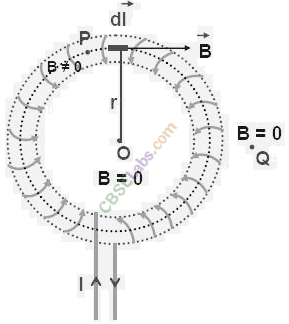Moving Charges and Magnetism Class 12 Notes Chapter 4
1. The space
in the surroundings of a magnet or a current-carrying conductor in which its magnetic influence can be experienced is called magnetic field. Its SI unit is Tesla (T).
2. Oersted experimentally
demonstrated that the current-carrying conductor produces magnetic field around it.
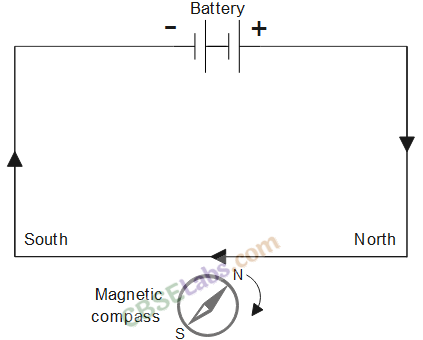
When key K is closed, then deflection occurs in the compass needle and vice-versa,
3. Biot-Savart’s Law
According to this law, the magnetic field due to small; current-carrying element dl at any nearby point P is given by
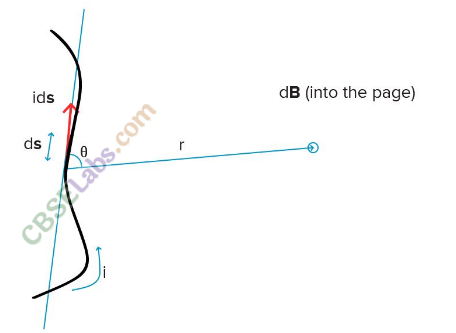
4.
The relationship between μ
0
, ε
0
and c is
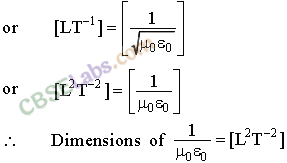
where, c is velocity of light, ε
0
is permittivity of free space and μ0 is magnetic permeability.
5.
Magnetic field at the centre of a circular current-carrying conductor/coil.

6.
Magnetic field at the centre of semi-circular current-carrying conductor.

7.
Magnetic field at the centre of an arc of circular current-carrying conductor which subtends an angle 0 at the centre.
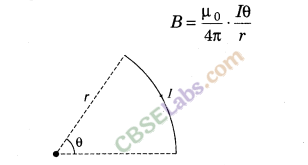
8.
Magnetic field at any point lies on the axis of circular current-carrying conductor
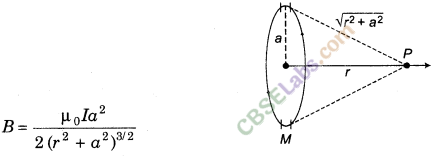
9. Magnetic field
due to straight current-carrying conductor at any point P at a distance r from the wire is given by

10.
The following figure shows the graphical representation of variation of B with distance from straight conductor.

11. Ampere’s Circuital Law
The line integral of the magnetic field B around any closed loop is equal to μ
0
times the total current I threading through the loop, i.e.
![]()
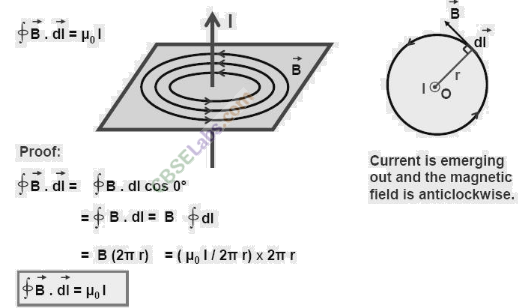
Magnitude of magnetic field of a straight wire using Ampere’s law
![]()
12. Maxwell introduced
the concept of displacement current.

13. Magnetic Field due to a Straight Solenoid
(i) At any point inside the solenoid,
B = μ
0
nI
where, n = number of turns per unit length.
(ii) At the ends of the solenoid,
B = 1/2 μ
0
nI
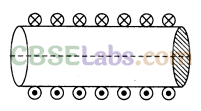
14. Magnetic Field due to Toroidal Solenoid
(i) Inside the toroidal solenoid,
B =μ
0
nI, here, n =N/2πr ,N= total number of turns
(ii) In the open space, interior or exterior of toroidal solenoid,
B= 0
